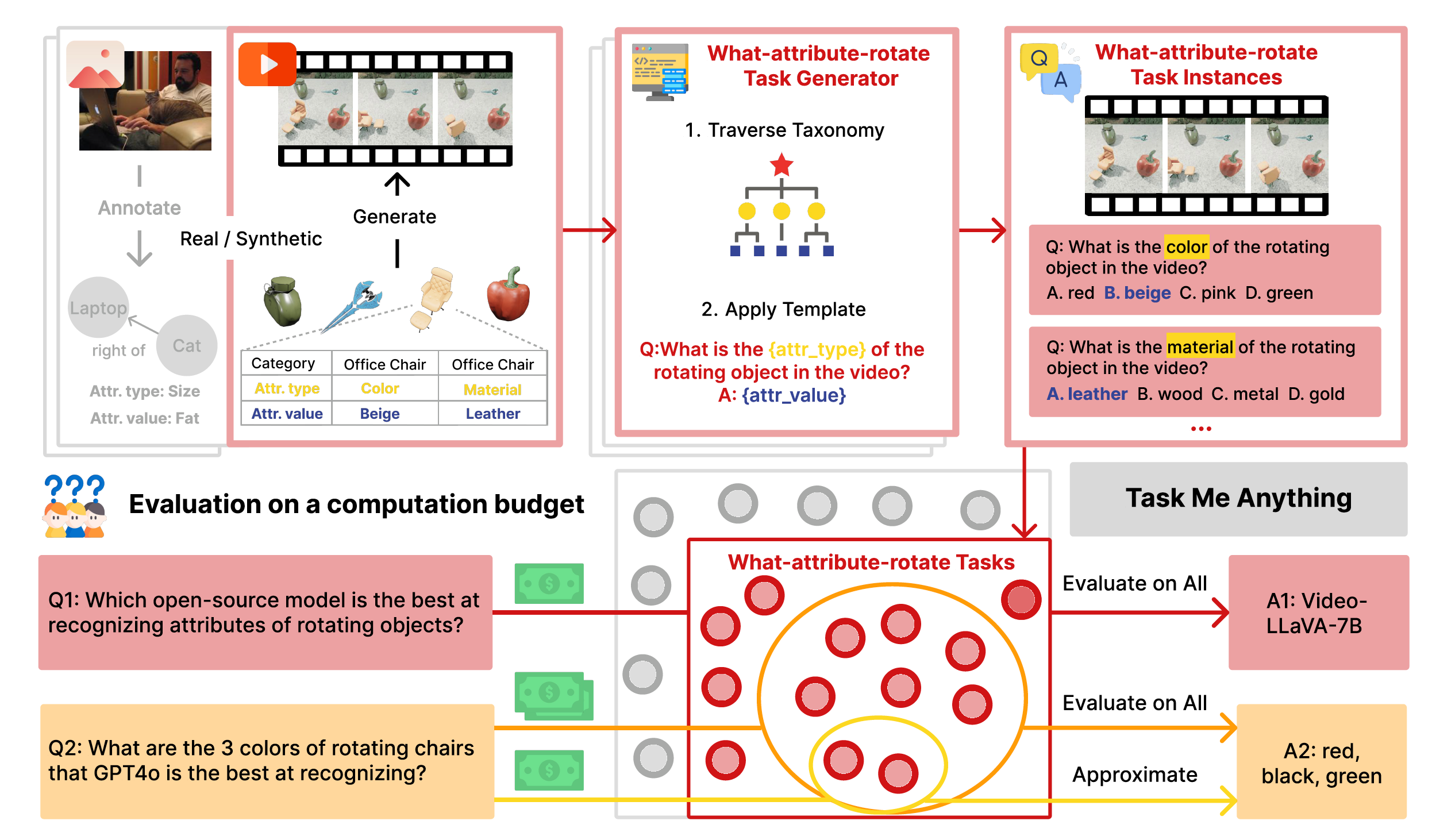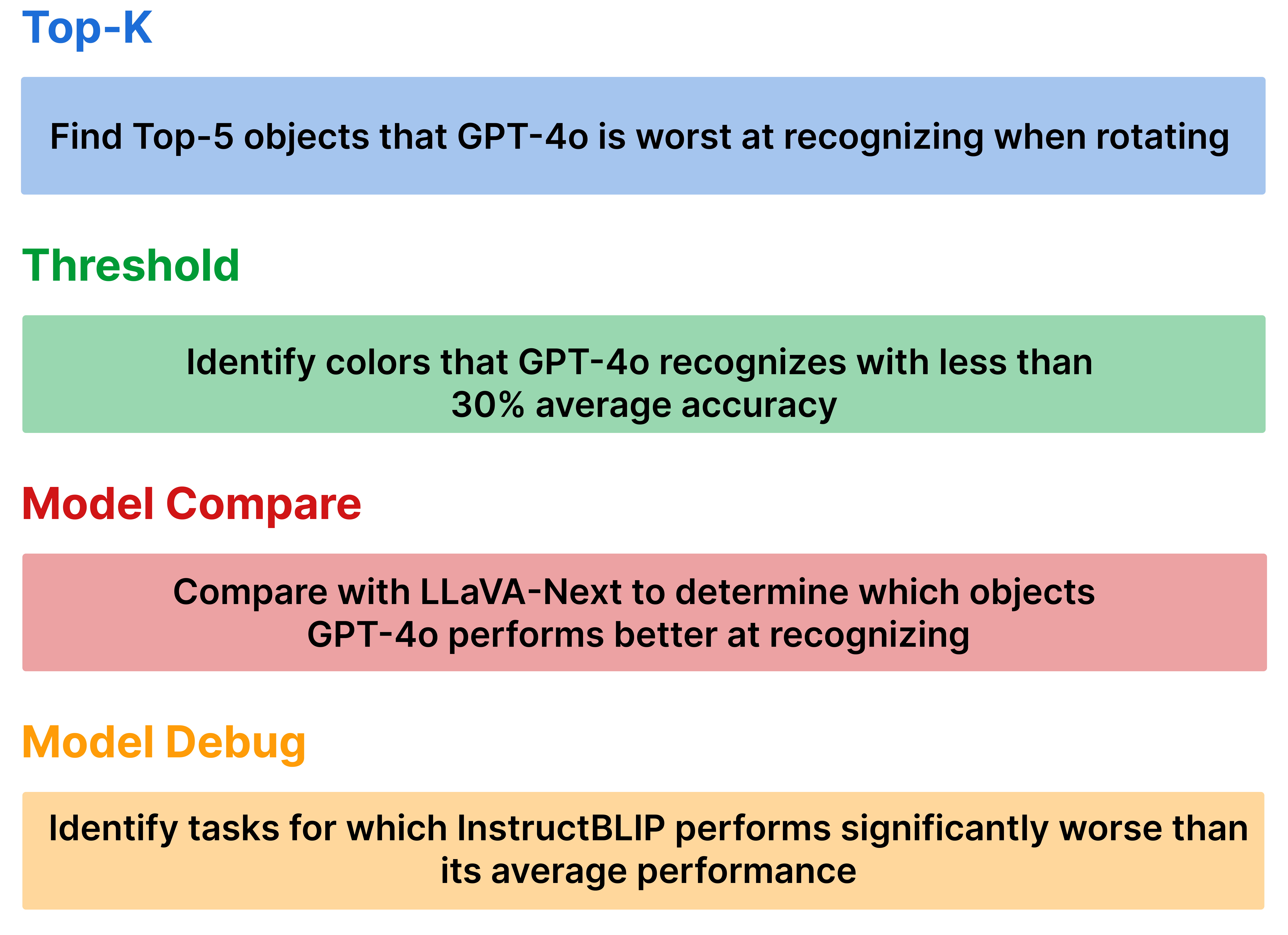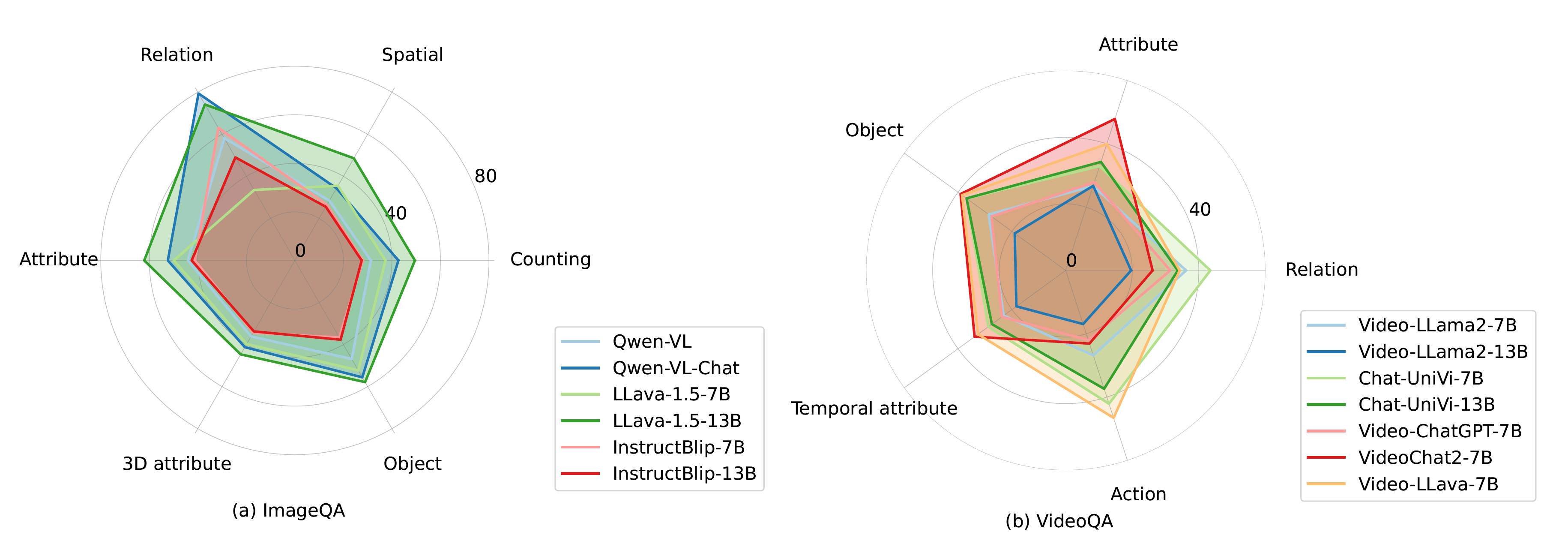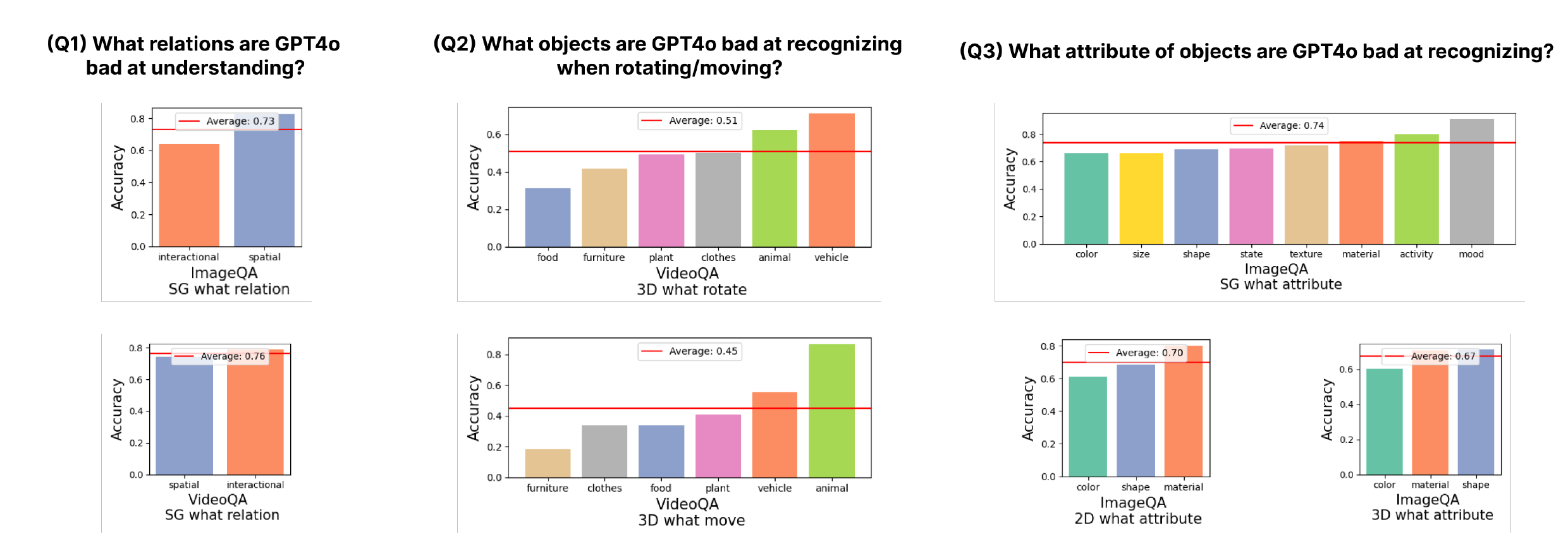Task Me Anything









@article{zhang2024task,
title={Task Me Anything},
author={Zhang, Jieyu and Huang, Weikai and Ma, Zixian and Michel, Oscar and He, Dong and Gupta, Tanmay and Ma, Wei-Chiu and Farhadi, Ali and Kembhavi, Aniruddha and Krishna, Ranjay},
journal={arXiv preprint arXiv:2406.11775},
year={2024}
}